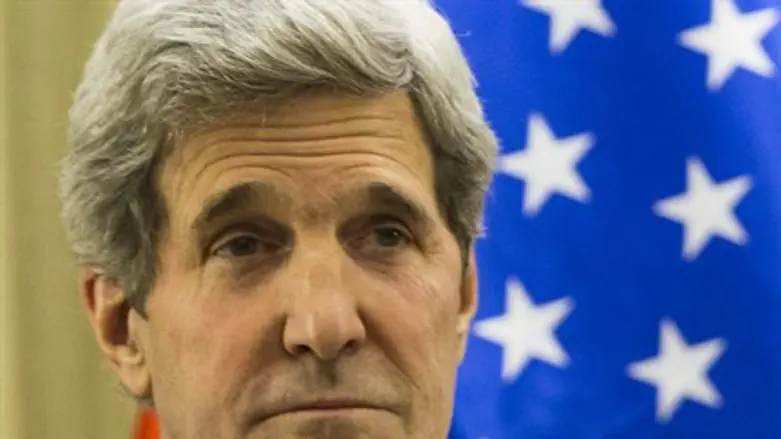
The key to renewed US-Iran relations: an ancient chalice, according to the LA Times.
An ancient Persian chalice, hewn from silver and featuring a mythical winged creature, had been seized by US Customs officials in 2003. After sitting for over a decade in a Queens, NY warehouse, diplomats decided to use the anitquity as a bargaining chip for talks - as a gesture of friendship to Iran from the US.
Tehran had been demanding the chalice's return for the entire ten-year period, as the antiquity is believed to be a vital part of the Islamic Republic's cultural heritage.
Officials believe that the chalice had been looted from a cave near the Iraqi border in the 1980s. In 2003, the chalice surfaced in the hands of a well-known antiquities dealer, Hicham Aboutaam, who ran a firm based in Geneva. As he passed through U.S. customs at Newark International Airport, Aboutaam presented a certificate indicating the vessel was from Syria. He was waved through.
Aboutaam then set out to document the object's value. An art collector was prepared to pay $1 million, but federal investigators caught the exchange and determined that the chalice had been taken from the Middle East illegally. Aboutaam was fined $5000, and the chalice has been kept in a warehouse since.
"These were great treasures from a great civilization," said Fariborz Ghadar, an Iranian scholar and former Deputy Economics Minister. "Their discovery was of great significance to those who consider themselves Persians, who honor that period in history."
Some experts believe the vessel, known as a rhyton, was crafted circa 700 BCE in what later became the Persian Empire. It features three trumpet-shaped cups that sprout from the body of a griffin, a fabled creature that typically has the head and wings of a bird and the body of a lion.
After Iranian Foreign Minister Hassan Rouhani announced plans to attend the United Nations General Assembly in New York in September, President Barack Obama's administration decided that presenting the chalice would be the best diplomatic gesture that would both ease US-Iran relations and conform to then-current rules regarding interactions between US and Iranian officials.
A New York diplomat was sent to deliver the chalice, in a plain white gift bag, to an Iranian official on Rouhani's behalf - with as little fanfare or press coverage as possible. The Iranian diplomat's eyes widened once the bag's contents were announced, and he thanked the US diplomat profusely for the move, explaining its significance to the Iranian people.
Just 2 days later, Rouhani accepted a phone call from Obama - the first official contact between US-Iran leaders since the fundamentalist revolution in 1979.
The US State Department revealed the exchange in a Twitter message - drawing mixed reactions. While Rouhani's administration responded positively to the gesture, both Iranian hard-liners and some US officials disagreed.
"There is a thin line between gestures of friendship and gestures that display desperation to negotiate," said Elliott Abrams, a foreign policy advisor to Presidents Ronald Reagan and George W. Bush.